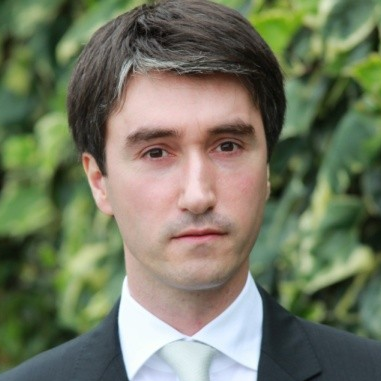Conceptual Design and Energy Analysis in Cycle Gasification Systems and Waste-to-Energy Technologies
A special issue of Processes (ISSN 2227-9717). This special issue belongs to the section "Environmental and Green Processes".
Deadline for manuscript submissions: closed (31 December 2020) | Viewed by 32796
Special Issue Editor
Interests: gasification; combustion; biomass; CFD; waste-to-energy
Special Issues, Collections and Topics in MDPI journals
Special Issue Information
Dear Colleagues,
Waste-to-energy systems have become a paramount topic for both industry and researchers, as a result of interest in energy production from waste, and improved chemical and thermal efficiencies with more cost effective designs. There are various methods to process waste, which can be broadly classified as thermal conversion and biochemical conversion. Thermal conversion techniques lead the market among waste-to-energy technologies. The integrated gasification combined cycle (IGCC) is a recent waste-to-energy technology that enables the chemical recycling of solid waste for power production with high thermal and electrical efficiencies, but with a higher initial investment in comparison to single cycle gasification systems. The IGCC also has higher feedstock flexibility, such as biomass, municipal solid waste, or industrial residues, showing a better environmental performance and higher energy conversion in comparison with single-cycle gasification systems.
This Special Issue on “Conceptual Design and Energy Analysis in Cycle Gasification Systems and Waste-to-Energy Technologies” aims to publish novel advances on waste-to-energy technologies with special emphasis on gasification systems from the experimental and computational perspectives. Topics include, but are not limited to:
- Progress in waste gasification processes;
- Studies of advanced gasification reactors, computational models, and technologies for power generation;
- Cost and performance analysis of waste-to-energy technologies; and
- Life cycle analysis of waste-to-energy technologies.
Prof. Dr. Eliseu Monteiro
Guest Editor
Manuscript Submission Information
Manuscripts should be submitted online at www.mdpi.com by registering and logging in to this website. Once you are registered, click here to go to the submission form. Manuscripts can be submitted until the deadline. All submissions that pass pre-check are peer-reviewed. Accepted papers will be published continuously in the journal (as soon as accepted) and will be listed together on the special issue website. Research articles, review articles as well as short communications are invited. For planned papers, a title and short abstract (about 250 words) can be sent to the Editorial Office for assessment.
Submitted manuscripts should not have been published previously, nor be under consideration for publication elsewhere (except conference proceedings papers). All manuscripts are thoroughly refereed through a single-blind peer-review process. A guide for authors and other relevant information for submission of manuscripts is available on the Instructions for Authors page. Processes is an international peer-reviewed open access semimonthly journal published by MDPI.
Please visit the Instructions for Authors page before submitting a manuscript. The Article Processing Charge (APC) for publication in this open access journal is 2400 CHF (Swiss Francs). Submitted papers should be well formatted and use good English. Authors may use MDPI's English editing service prior to publication or during author revisions.
Keywords
- integrated gasification combined cycle
- gasification process
- gasification modeling
- gasification economics
- waste-to-energy technologies
- life cycle analysis
Benefits of Publishing in a Special Issue
- Ease of navigation: Grouping papers by topic helps scholars navigate broad scope journals more efficiently.
- Greater discoverability: Special Issues support the reach and impact of scientific research. Articles in Special Issues are more discoverable and cited more frequently.
- Expansion of research network: Special Issues facilitate connections among authors, fostering scientific collaborations.
- External promotion: Articles in Special Issues are often promoted through the journal's social media, increasing their visibility.
- Reprint: MDPI Books provides the opportunity to republish successful Special Issues in book format, both online and in print.
Further information on MDPI's Special Issue policies can be found here.





